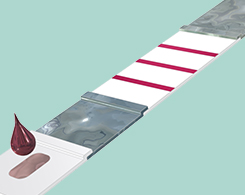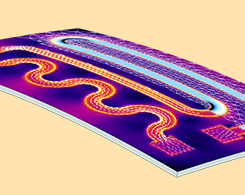Markierte Blog-Beiträge Subsurface Flow Module

Modellierung eines Schnelltests in COMSOL Multiphysics®
21. Apr 2021
Möchten Sie wissen, wie genau die Schnelltests für COVID-19 funktionieren? Hier finden Sie eine umfassende Erklärung sowie drei Beispielmodelle in COMSOL Multiphysics®. (Teil 2 von 2)

Eine Einführung in die Physik von Schnelltests
20. Apr 2021
Auf dem Lateral Flow Assay (LFA) beruhende Schnelltests, auch immunochromatographische Tests genannt, können als ziemlich fortschrittliche, aber sehr robuste Mikrolabore betrachtet werden. (Teil 1 von 2)

Auslegung von Heizkreisen mit multiphysikalischer Simulation
12. Feb 2019
Die elektronischen Anzeigetafeln, die Sie auf der Autobahn sehen, enthalten Heizkreise. Ihr Design ist ein echtes multiphysikalisches Problem, das Wärmetransport, Strukturmechanik und Elektromagnetik umfasst.
Erste
Vorherige
1–3
of
3
Nächste
Letzte
